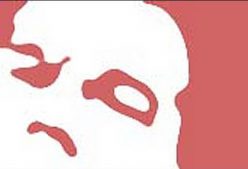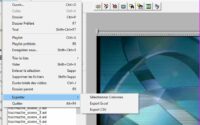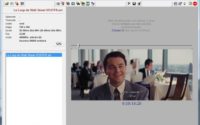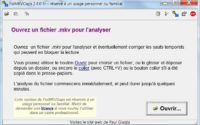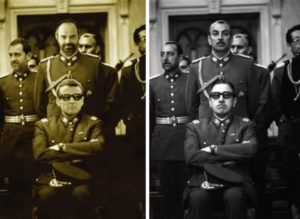A new ImageGrab
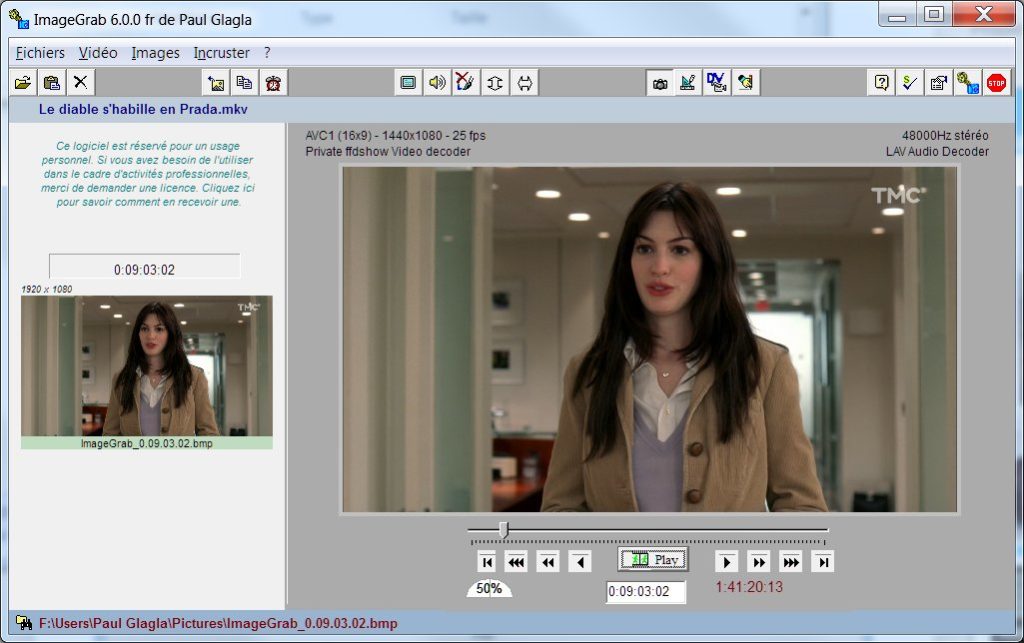
I published yesterday, July 28, 2019, version 6 of one of my flagship software: ImageGrab. It took me a long time to develop this software which is completely redesigned and rewritten. I hope the result will meet expectations.
For the user there are some novelties that I try to introduce gradually in all my applications, including:
- video playback is easier and can be done in a window integrated in the application as in an independent window (which can then be placed on a second monitor for example) or in full screen.
- a scripting language (based on pascalscript) and a set of command-line switches is built-in
- Opening files is possible in every way imaginable, including pasting files, or dragging them. Conversely, an open video in the application can be dragged / dropped to another application that knows how to receive videos.
- the software offers to save its “Preferences” that is to say the settings that the user has made, but choosing to do it in the registry of Windows or in an ini file (which can be on an external support such as a usb key making the application portable.
Because of this, all my software will gradually have a similar look and feel that will be the “Glagla’s touch”.
But ImageGrab version 6 will mainly interest users by a unique feature that I have not found in any other application to extract images from video: it can (in general, because there are unfortunately still exceptions) extract the image to the frame near. For this, I had to find a mechanism to position the video to a given frame. It’s very simple for videos that were common a decade ago, like avi, but for High Definition videos with temporal compression, like m2ts, mp4, mkv it’s usually impossible because they’re moving in groups of images.
ImageGrab can move forward or backward frame by frame (with for example CTRL + right arrow, or CTRL + left arrow) in a complex video. But be careful, for this it begins to be placed a little before the desired timestamp (default one second), then plays the video and stops when the correct image is displayed. So it’s a bit disconcerting at first to see ImageGrab start by going back a second when you want to advance a frame, but soon you can see the benefit it brings.
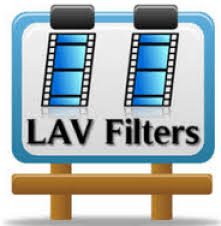
To enable this accurate navigation, I found a combination of LAV splitter filters and ffdshow decoders that gives the desired result. That’s why ImageGrab comes with these optimized filters for its operation. This results in a larger download than my other software (about 11 MB), knowing that ImageGrab itself only represents about 2 MB and these filters the rest.

In reality these filters, which I call “private filters” will not be installed on your system, at least only very temporarily while Imagegrab works, and will be removed as soon as you leave Imagegrab (even if it remains installed on your system ). In this way they will not pollute your codecs and directshow filters, and will not interfere with your other applications that will continue to work with their own filters and the settings you have made, including other versions of LAV splitter or ffdshow Decoder if you had it installed.
